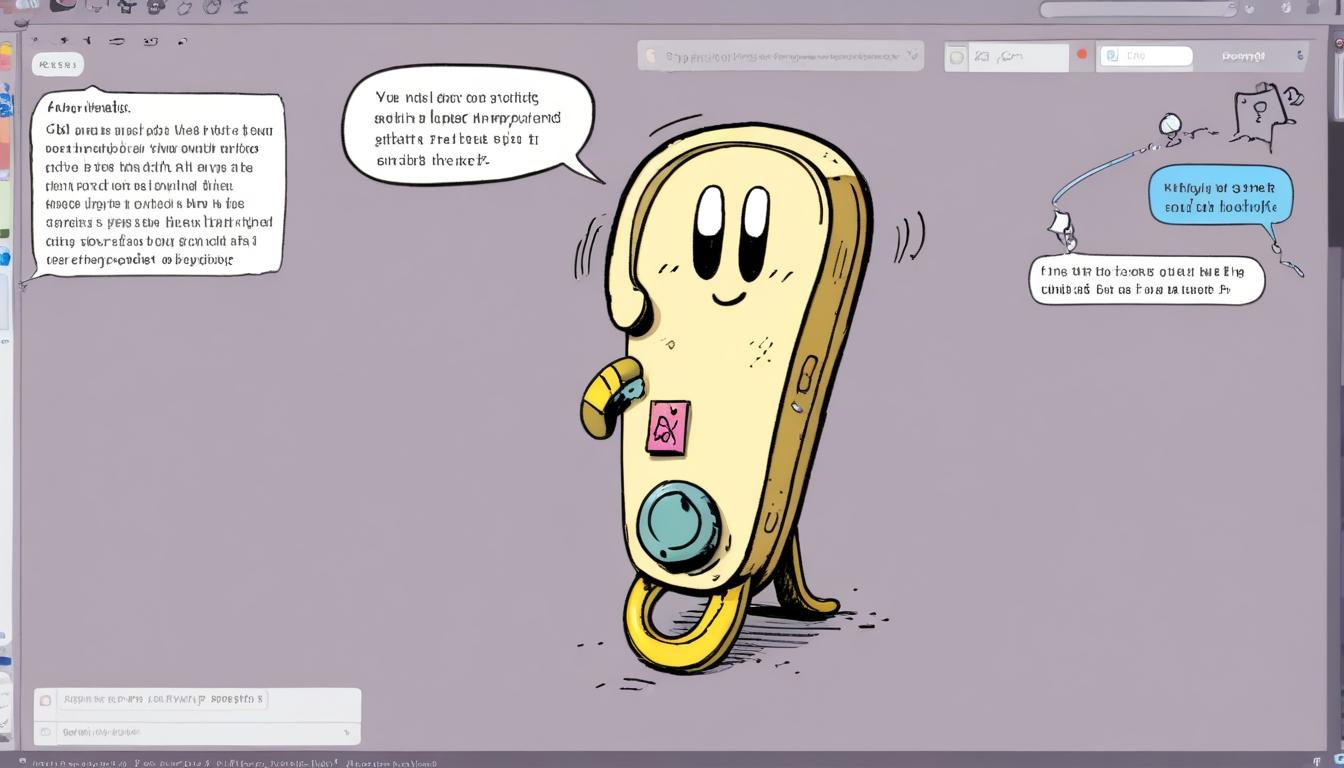Felix Rieseberg, renowned for innovative software projects, has unveiled his latest creation: an AI-enhanced version of Microsoft’s iconic paperclip assistant, Clippy. This open-source application is designed for multiple platforms, including Windows, macOS, and Linux, and promises a nostalgic experience that marries 1990s software aesthetics with modern artificial intelligence functionality.
The application opens up opportunities for users to run various Large Language Models (LLMs) locally. Built on the Electron framework, it employs the Llama.cpp engine to facilitate the efficient GGUF format, allowing users to operate the AI offline on consumer-grade hardware. Rieseberg adopts a straightforward design philosophy, stating, “Batteries included: No complicated setup,” intending to make the software user-friendly.
The software operates offline, with only one network request made—to check for updates, a function that can be disabled by the user. Rieseberg describes the project as a “love letter and homage” to the original Clippy, while hinting at its nature as “software art” or “software satire.” He clarifies that the application is “not affiliated, approved, or supported by Microsoft.” The Clippy app also serves as a reference implementation for the @electron/llm library.
The AI Clippy app features a chat interface alongside the animated Clippy character, enabling easy installation of current LLMs with a single click. Supported models include Alibaba’s Qwen3 family, Google’s Gemma 3 series, Microsoft’s Phi-4 Mini, and Meta’s Llama 3.2 models. The ability to run these models offline may offer enhanced privacy, although user experience can vary significantly based on individual computer hardware capabilities.
In addition to the standard features, users can bring their own GGUF files from various sources, such as Hugging Face, with acknowledgments given for quantized models provided by Unsloth. Personalisation options are abundant, with a multi-tabbed settings panel that allows users to adjust window behaviour, font selection, and LLM parameters such as “Top K” and “Temperature.” The default system prompt guides the AI’s persona, ensuring a consistent user experience.
Rieseberg's platform taps into Clippy's complicated legacy. Originally designed by illustrator Kevan Atteberry for Microsoft Office 97, Clippy, or Clippit, was intended to assist users but soon became notorious for its intrusive nature. Its reputation was so detrimental that Smithsonian Magazine labeled it “one of the worst software design blunders.” Following its unceremonious removal in Microsoft Office 2007, Clippy made sporadic cultural appearances but often as a symbol of outdated technology.
Recent remarks from Salesforce CEO Marc Benioff referred to Microsoft Copilot as “Clippy 2.0,” highlighting ongoing criticisms related to assistance tools in modern software. Microsoft itself has shown a fluctuating relationship with the character. In March 2019, Clippy stickers appeared in Microsoft Teams but were swiftly removed, with a spokesperson asserting that there were “no plans to bring Clippy to Teams.” However, Microsoft acknowledged public sentiment by redesigning the Windows 11 paperclip emoji to depict Clippit more authentically in November 2021.
Rieseberg's clunky yet charming AI Clippy serves as a bridge between this controversial legacy and the evolution of AI technologies, incorporating recent advancements in LLMs made accessible for local user experiences. The project invites users to engage with both past and present, as they navigate the realms of retro and modern software.
Source: Noah Wire Services
